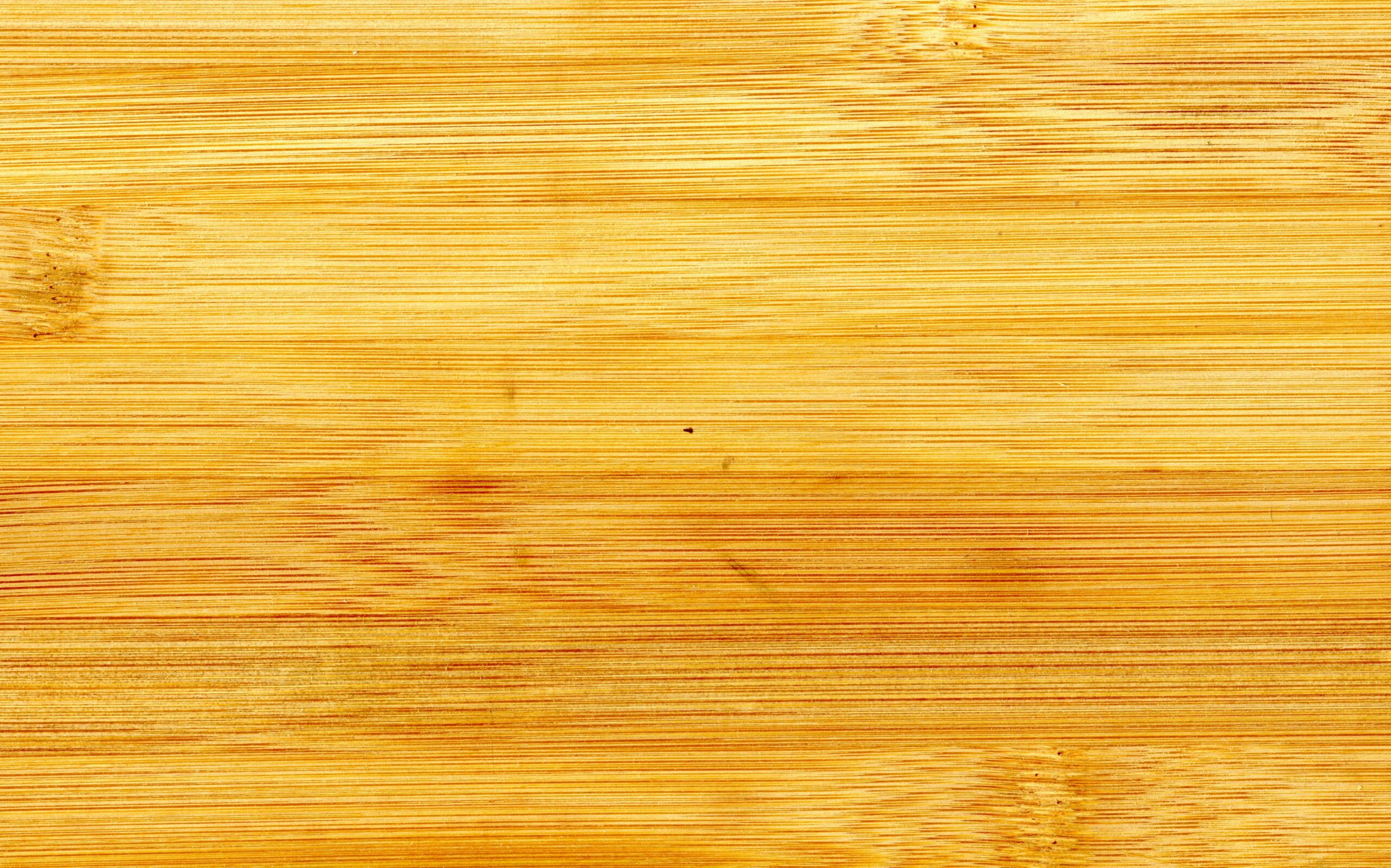Bamboo flooring has gained significant popularity among homeowners seeking sustainable alternatives to traditional hardwood. This eco-friendly flooring option offers a unique combination of aesthetic appeal, durability, and environmental benefits that make it worth considering for your next home improvement project. In this comprehensive guide, we’ll explore the sustainability aspects of bamboo, compare its durability to hardwood, analyze cost considerations, and examine its distinctive appearance. We’ll also weigh the advantages and disadvantages to help you determine if bamboo flooring is the right choice for your home.
Understanding Bamboo as a Sustainable Resource
Bamboo flooring stands out among eco-friendly flooring options sustainable homeowners prefer. Unlike hardwood trees that can take decades to mature, bamboo reaches harvest maturity in just 3-5 years. This rapid growth cycle makes bamboo one of the most renewable flooring materials available on the market today. Additionally, bamboo plants don’t die when harvested – they continue to grow from the same root system, eliminating the need for replanting and further reducing environmental impact.
The sustainability credentials of bamboo extend beyond its growth cycle. The harvesting process requires minimal fertilizers and pesticides compared to other crops. Many bamboo plantations operate without irrigation systems, relying instead on natural rainfall. This combination of factors results in a significantly lower carbon footprint compared to traditional hardwood flooring production. For environmentally conscious consumers reviewing their options, bamboo flooring pros cons cost durability reviews often highlight these sustainability benefits as a major selling point.
Durability and Performance Factors
When examining bamboo flooring durability, it’s important to understand that not all bamboo flooring is created equal. The manufacturing process significantly affects the final product’s performance. Strand woven bamboo, created by compressing bamboo fibers with resin under high pressure, offers exceptional hardness – often exceeding traditional hardwoods like oak on the Janka hardness scale, which measures resistance to denting and wear.
Natural bamboo flooring comes in two forms: vertical and horizontal. Horizontal bamboo displays the characteristic “knuckles” or nodes of the bamboo plant, while vertical bamboo has a more uniform appearance. Both types are comparable to oak in durability but are more susceptible to scratches and dents than strand woven varieties. As mentioned in several bamboo flooring pros cons cost durability reviews, quality can vary significantly between manufacturers, so research and selecting reputable brands is essential.
Bamboo’s performance in humid environments has improved with modern manufacturing techniques, though it remains somewhat more susceptible to moisture damage than some hardwoods. For kitchens, bathrooms, or humid climates, consumers should specifically seek moisture-resistant bamboo flooring options and follow proper installation guidelines. Many homeowners have shared their experiences with these considerations on platforms like AskHomey, where real-world insights about various flooring options help others make informed decisions.
Cost Considerations and Value
The cost of bamboo flooring typically ranges from $3 to $9 per square foot, positioning it as a mid-range flooring option. This price point makes it generally more affordable than many exotic hardwoods while remaining comparable to mid-grade traditional hardwoods. Strand woven bamboo tends to fall at the higher end of this price spectrum due to its superior durability and more complex manufacturing process.
Beyond the initial purchase price, bamboo flooring offers good long-term value. When properly maintained, quality bamboo flooring can last 20-25 years, comparable to many hardwoods. However, refinishing capabilities may be more limited than with solid hardwood, particularly with engineered bamboo products that have a thinner wear layer. This limitation should be factored into long-term cost assessments, especially for high-traffic areas where eventual refinishing may be necessary.
Installation costs remain similar to hardwood, though DIY installation is possible with click-lock floating floor systems, potentially reducing overall project costs. When evaluating bamboo flooring pros cons cost durability reviews, the total lifetime value – including maintenance and longevity – provides a more accurate cost comparison than initial price alone.
Aesthetic Considerations and Design Versatility
Bamboo flooring offers a distinct aesthetic that sets it apart from traditional hardwood. Natural bamboo presents a clean, contemporary look with its characteristic grain patterns and nodes. Color options range from light natural shades to darker carbonized tones achieved through a heating process that caramelizes the sugars in the bamboo.
Strand woven bamboo provides a more varied, exotic appearance that some homeowners prefer for creating visual interest. Modern manufacturing techniques have expanded the available styles to include hand-scraped, distressed, and wire-brushed textures that can complement various design schemes from rustic to modern minimalist.
One aesthetic consideration specific to bamboo is its tendency to yellow slightly with age and sun exposure, particularly with lighter natural finishes. UV-resistant finishes can minimize this effect, but it’s an important factor to consider when selecting bamboo for sun-drenched rooms.
Environmental Considerations Beyond Renewability
While bamboo’s rapid renewability makes it an eco-friendly choice, potential homebuyers should consider the full environmental impact. Most bamboo flooring is manufactured in China, resulting in carbon emissions from transportation to North American and European markets. Additionally, some manufacturing processes use adhesives containing formaldehyde, though many reputable brands now offer products with low or no VOC emissions.
Certifications like Forest Stewardship Council (FSC) or FloorScore can help identify bamboo flooring produced with responsible environmental and manufacturing practices. For truly eco-friendly flooring options sustainable throughout their lifecycle, these certifications provide valuable guidance amid sometimes confusing marketing claims.
For more tips and to connect with reliable home service professionals, follow AskHomey on Facebook and Instagram.



